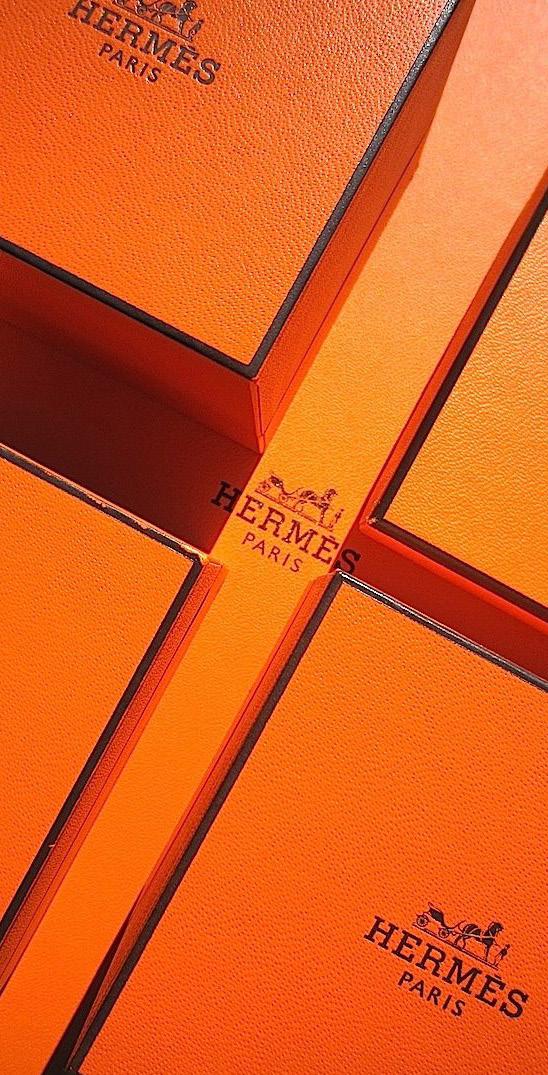
4 minute read
Hermes
Bryan Kaetz
Research Proposal
Advertisement
Hermès Hermès International, S.A. is a French high fashion luxury goods manufacturer, established in 1837 by Thierry Hermès in Paris, France. This luxury fashion house designs accessories, ready-towear, fragrances, jewelry, watches, and home furnishings, with a specialty in leather craftsmanship. They are still a n independent, family-owned brand, as the Èmile Hermès SARL holding company owns a 65.1% share of the business - despite previous attempts at takeover by LVMH.

There are numerous sources of information to pull research from, including the Hermès company site, their Annual Reports via their finance site, and numerous other financial and market watch websites, including Yahoo! Finance, MarketWatch, and Wall Street Journal.

Explanation of Balanced Scorecard
Generally, this Balanced Scorecard developed was on the basis of an Hermes retail store location. The first step was to develop a set of strategy objectives for Hermes mission, values, and objectives. From this point, strategies were developed based on the four scorecard perspectives with links moving up the chain from Learning & Growth through to Financial:

Once strategy objectives were developed for each perspective, key performance indicators were created for each objective. The three most important KPIs per objective are placed upon the Balanced Scorecard, along with the goal and measurement details.

Data Analyzed
Multiple sources were used to determine key strategy objectives in consideration of Hermes as a luxury fashion company. There are various implications that differentiate a luxury brand from a profit-focused company, including the pillars of meta-luxury: craftsmanship, focus, history, and rarity (Ricca).
Due to these reasons, the importance of profit was considered in the operations of a luxury brand, but were secondary to customer perception and brand equity in and of itself. Suggestions from the Balanced Scorecard Institute and Ehabuer and Gresel’s report, “Measuring and Managing Service Performance of Luxury Stores: Development of a Balanced Scorecard” were adapted based upon Hermes’ mission, vision, and values and personal experience in the industry.
To complete analysis of this Balanced Scorecard, continued survey and results analysis are required in order to maintain a sense of understanding of underlying factors for each of the objectives as laid out.

Implications to the company
The strategy objectives determined provide a quick overview of performance in each Hermes retail store. With an overview of sales, training, customer service, and exclusivity, management utilizing this Balanced Scorecard will see a general overview of a store’s productivity level based on sales and merchandising. This approach also provides a greater level of band equity as consistent utilization and proper standards compliance will raise the quality level of each retail location and the consumer perception of the product and brand itself.

Analysis of Financial Records











Summary of Project
This project provided great insights into the factors of business management required to assess a brand’s performance in not only financial analysis, but also strategic and performance measurement analyses as well. Creating a balanced scorecard allowed a deep dive into strategic objective development and from there, the key performance indicators of success for each of these objectives. Another benefit of this project was determining research resources that applied to development of not only the balanced scorecard, but also to the financial analysis. Finally, utilizing vertical and horizontal analysis of the brand’s financial statements, combined with applicable ratio analysis, allowed for a greater understanding of Hermès’ financial situation in a multi-layered manner versus simply viewing the numbers in and of themselves.
Overall, Hermès is a truly successful luxury brand that has managed to keep its business afloat through the current COVID-19 pandemic crisis. This ability to maintain both standards and business practices through such a difficult time speaks volumes about the Hermès brand equity and overarching business model and systems. While there are some challenges in achieving success in the luxury industry, management at Hermès should be able to correct these in time as they have already started pivoting their focus to decrease the expenses and liabilities that they are able to without diluting their luxury benefits.





